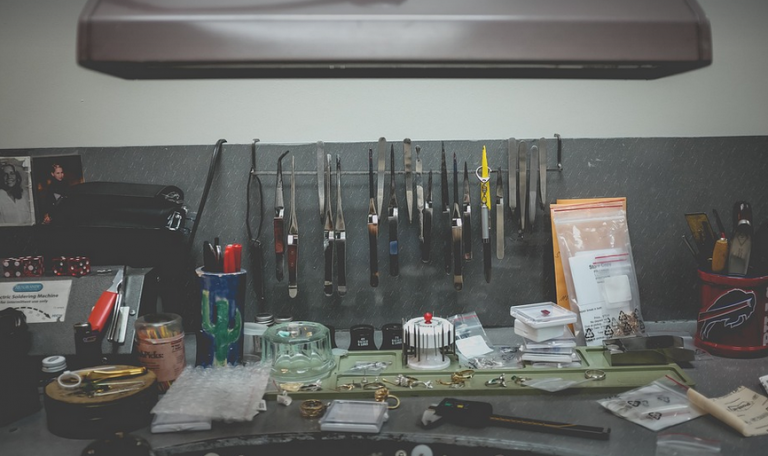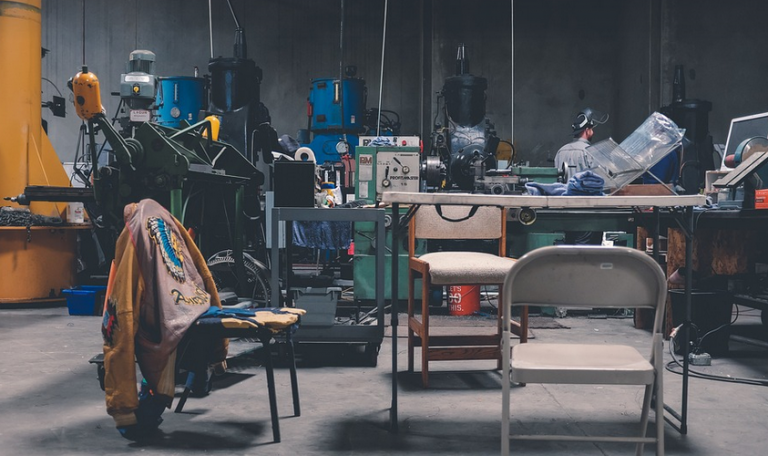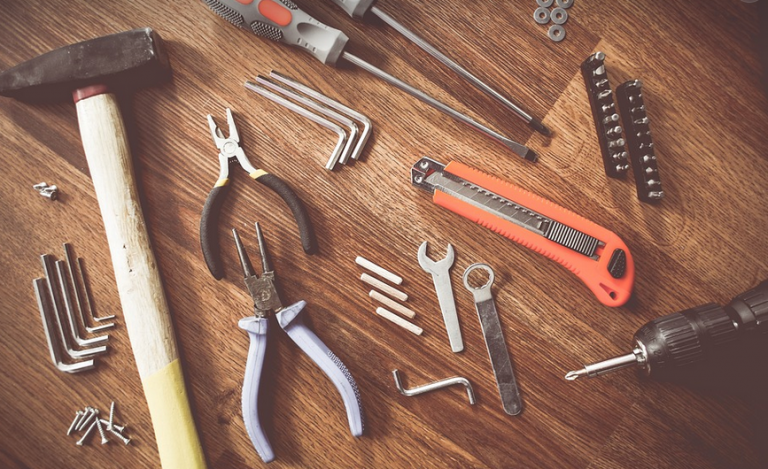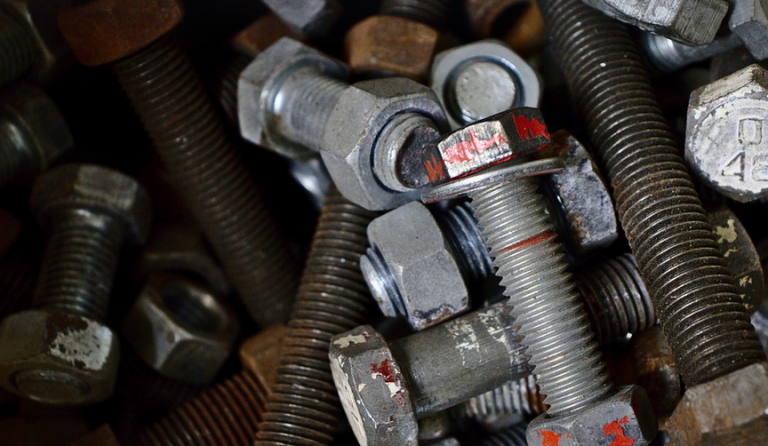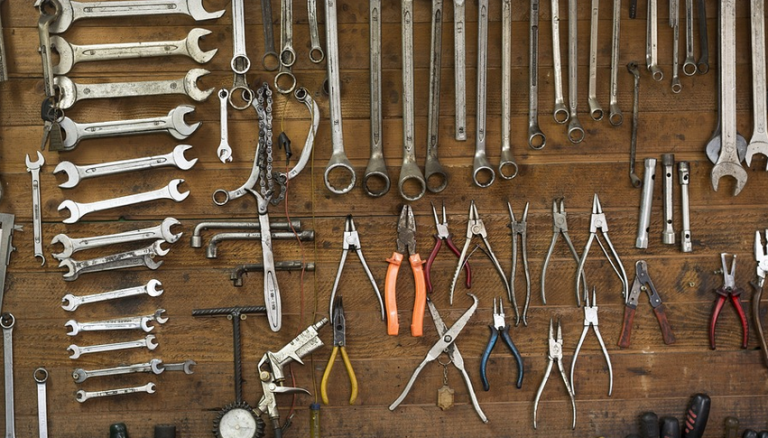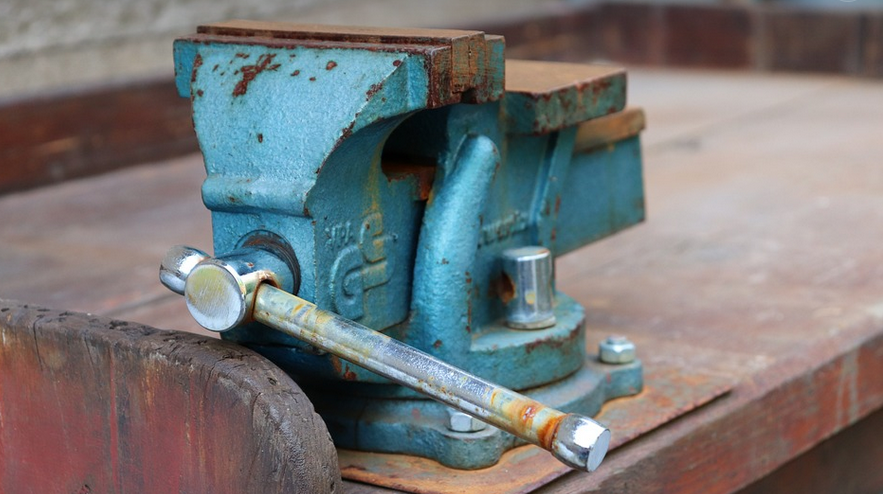
A Troubleshooting Guide for Frigid Frustrations
Ah, that dreaded moment when you hit the thermostat for some refreshing relief only to be greeted by a chilly silence. It’s enough to leave anyone feeling defeated—especially in sweltering summer heat! If your heat pump seems to be lacking its usual icy breath, fear not, because we’re here to guide you through a troubleshooting journey that will turn those frigid frustrations into comforting relief.
First and foremost, it’s crucial to understand the intricate workings of your heat pump. It is essentially a sophisticated system that combines both air and water-based cooling and heating elements to regulate your indoor environment. The magic happens within its sealed refrigerant circuits, where cold refrigerant absorbs heat from inside, then releases it outside. The process of this absorption and release creates the crucial airflow you need for comfortable temperatures.
Before diving into any troubleshooting steps, it’s essential to check the obvious—the thermostat itself! If your home is running at a consistently warm temperature or if the thermostat hasn’t been set to “cool” mode, then there is a possibility that you may have accidentally switched to “heat.” This can happen frequently, especially when users are not paying close attention to their settings. To ensure that your heat pump is in “cool” mode, double-check the setting on your thermostat.
Now, let’s explore a few common culprits for why your heat pump might be struggling to blow cold air. First up, there’s the possibility of an issue with the supply line connecting the outdoor unit to indoor unit. The refrigerant lines are responsible for carrying cold refrigerant into your home, and if any leaks or blockages exist in this delicate system, it will prevent proper airflow. It’s often best to call a professional HVAC technician to test for any existing damage.
Next, we consider the blower motor—a critical component that creates the airflow that carries air through your home. If the blower motor is malfunctioning, it can significantly affect the flow of cold air. Here’s where you might notice a change in the sound and speed of the fan. A noisy or erratic blowing could indicate a problem with the motor itself.
Have you noticed any strange noises coming from your heat pump? A grinding, clicking, or even a whining sound can be cause for concern. This might signal an issue with the bearings or other mechanical parts in the system that need repair or replacement. It’s best to call an HVAC technician as soon as possible to diagnose and resolve these issues.
Finally, we must address the possibility of a dirty air filter. A clogged filter can restrict airflow, hindering the heat pump’s ability to circulate cold air efficiently. It’s a simple step to check your air filter regularly. Make sure to replace it every 1-3 months, or whenever it appears visibly dusty or obstructed.
Now that we’ve covered some of the most common culprits, let’s delve into more advanced troubleshooting techniques:
Advanced Troubleshooting
If you’ve ruled out obvious problems like air filters and thermostat settings, it’s time to explore a few more in-depth troubleshooting techniques. Here are some steps you can take for a deeper dive into the issue:
**1. Check the Refrigerant Levels:** You’ll want to look at your heat pump’s refrigerant levels. It is important that they are kept within a correct range. To do this, you may need to turn off the unit and remove the panel cover to check whether the lines are properly connected and if there has been any leakage.
**2. Inspect for Obstructions:** Inspect your outdoor unit for any obstructions that might be blocking airflow. These can include leaves, twigs, or even debris from nearby structures. Ensure proper ventilation at all times to improve the efficiency of your heat pump.
**3. Examine Electrical Connections:** Check all electrical connections related to the unit. Look for loose wires, damaged plugs, or any other signs of electrical malfunction. If you notice any issues with the wires, be sure to call a qualified electrician to ensure everything is properly connected and working correctly.
**4. Engage Professional Help:** If none of these basic steps yield results, it’s time to reach out to a professional HVAC technician. They possess the expertise and equipment to diagnose complex issues quickly and efficiently. While this could be a bit more costly, it is definitely the most reliable solution in the long run.
Remember, tackling these common problems should give you a good starting point. By following these steps, you can regain control of your indoor environment and enjoy a comfortable summer retreat! If you’re not confident in your DIY abilities, don’t hesitate to call a qualified HVAC technician for assistance.
Taking Care of Your Heat Pump
Beyond troubleshooting any unexpected problems, it’s also about long-term maintenance. Ensuring the longevity and efficiency of your heat pump requires a regular commitment to care and upkeep:
**Regular Air Filter Replacement:** As mentioned earlier, changing your air filter every 1-3 months will ensure optimal airflow. This simple act can save you from a lot of headaches in the long run.
**Professional Service Checkups:** Schedule a professional service check-up at least once yearly for maintenance and cleaning. This is also an excellent opportunity to get your heat pump thoroughly inspected by a qualified technician, who can identify any potential problems before they escalate into bigger issues.
**Proper Ventilation:** Ensure proper ventilation around the outdoor unit of your heat pump to prevent blockages or buildup of debris. Regular cleaning can help keep these areas clear and free from obstructions that could impact the system’s efficiency.
By following these maintenance tips, you’ll be able to maximize the lifespan of your heat pump and enjoy its benefits for years to come. Remember: preventive care is always better than a reactive approach.
***
